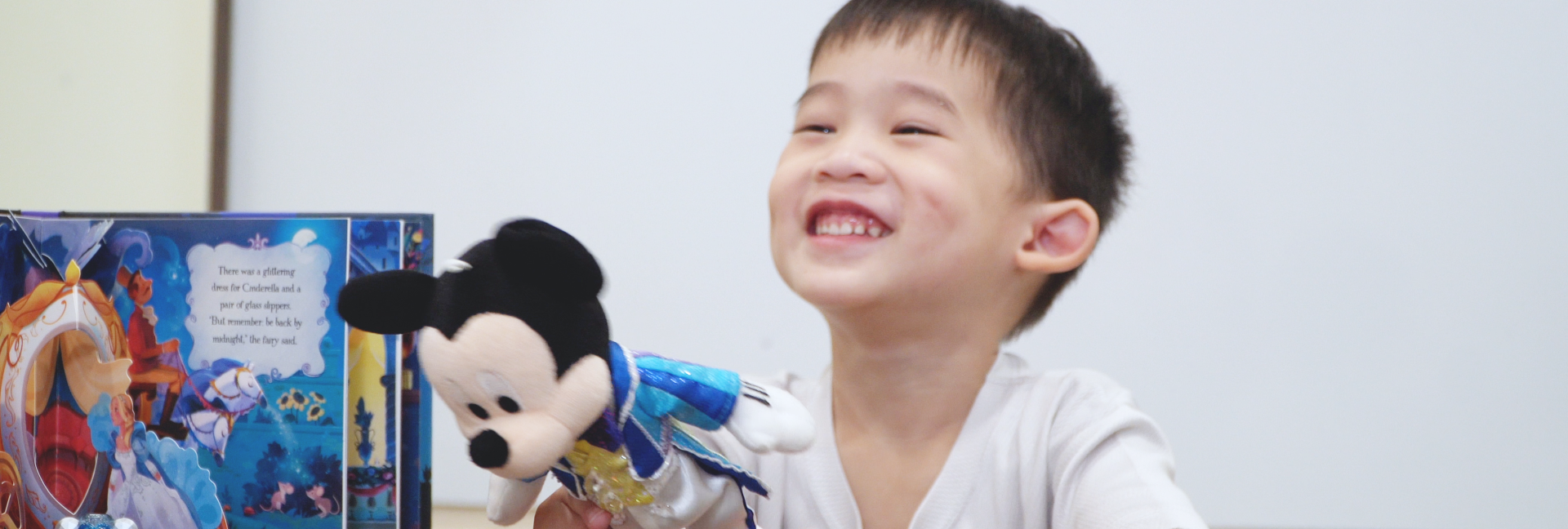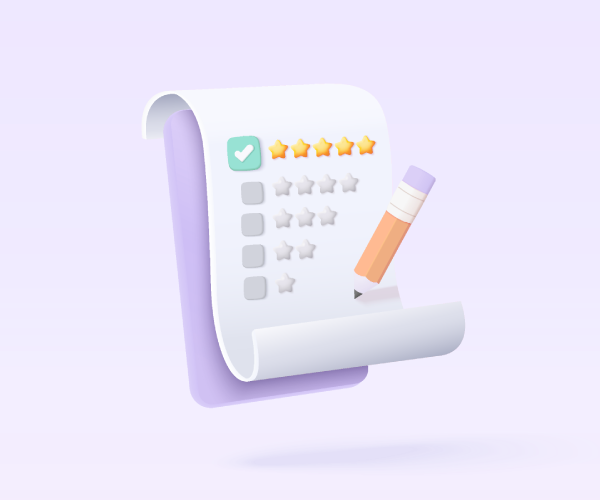
In more ways than one, a child’s preschool years are among their most formative ones. The ages between 4 and 6 are not only their first foray into academic life but also an opportune time to nurture their curiosity and creativity organically before examinations enter the picture.
Nurseries and kindergartens set the stage for children to become better learners. Field trips and drama classes may not seem like much to the untrained eye, but the content of early childhood education is intentionally crafted to prepare them for primary school. More than an outlet for children to socialise, preschools also equip them with academic, motor, emotion, language, and cognitive skills. All of these form the bedrock that is school readiness.
In this article, we outline the skills children learn at the N2, K1 and K2 levels and how they can be mindfully nurtured in everyday situations.

N2: Counting Numbers
Children are introduced to the world of numbers in nursery 2. It is where they are taught to count in ascending order and the concepts of “more” and “less”.
During your commute to and from his or her preschool, build on what your child has learnt by encouraging him or her to count the number of bus or MRT stops. At home, you can reinforce your child’s learning by having him or her stack items that spark joy – such as cookies and juice boxes. Learning does not have to be confined indoors, though.
A hopscotch grid or flight of stairs provide an interactive outlet for children to learn while engaging in play.
A pair of dice could also work wonders for teaching “more” and “less” concepts, even for children who can’t count past ten just yet. Alternatively, you could get your child to stack blocks of equal sizes and observe which pile is taller.

N2: Identifying Colours
Crayons and skittles aside, car parks with numbered lots are an excellent playground for counting large numbers and identifying car colours through a simple game of “I spy with my little eye”. Wherever possible, use identical objects - like cups and balls - so children can easily recognise their differentiating quality. For a start, you may also want to avoid contrasting two similar colours, such as pink and purple, side by side lest they get confused.

N2: Following Instructions
'Simon Says', 'Follow the Leader, and Red Light, Green Light' are games that teach children about directions, but their ability to follow instructions is truly put to the test when asked to tidy their rooms.
Don’t be overly ambitious, though. Instead, focus on a specific area of the room. To help children register instructions effectively, break them into chunks, use visual demonstrations, and remember to repeat them.
The Learning Lab is now at locations. Find a location that suits your needs.
If you have any questions about our range of programmes or class schedules, you may contact us at 6733 8711 or drop us an email at enquiry@thelearninglab.com.sg.

N2: Focusing on Tasks
Training children to focus is a tall order, but it is possible when tasks are designed with an end in mind and a timed condition. “Putting your toys away before dinner” is a more achievable direction than an open-ended one like “complete your drawing”, which leaves room for distraction.
While sorting and arranging, work with them to identify patterns that are “matching” or “odd one out”. The process of packing and cleaning also helps them cultivate care for belongings.

K1: Self-Expression
Asking your child about his or her day builds on their ability to connect ideas in sentences while expressing feelings. Questions like “Who did you sit with at lunch?”, “What did you learn today?”, and “How did that make you feel?” give them a chance to practise listening and grammatical skills while building an emotional vocabulary.

K1: Understanding Fractions
Portioning pizzas and using measuring cups is a great way to cement a child’s understanding of fractions. If you worry about cleaning up, uncooked pasta, playdough, and origami sheets are alternatives that train hand-eye coordination at the same time.

K1: Multi-Step Instructions
While you are both in the kitchen, why not enlist your child’s help to set the table? Assigning children multiple tasks like wiping down the table and laying the cutlery hones their ability to follow multi-step instructions. Even then, remember to guide them along with chronological words such as “first”, “next”, “then”, and “last”.

K2: Telling Fictional Stories
English compositions require a fair bit of imagination, and your child’s dreams are a natural source of fiction to practise with. By discussing their dreams or having them keep a dream journal, you can impart basic storytelling and writing techniques in anticipation of primary one English classes.
For starters, you can help your child map out a dream’s structure by identifying its beginning, middle, and end.
Asking 5Ws1H questions enables your child to put a narrative together. Introducing connectors such as “suddenly” and “finally” ensures that your child’s story has a climax and conclusion while also maintaining coherence. You could also probe through a cause-and-effect lens to suss out your child’s thoughts and feelings at every turn of events.

K2: Learning about Money
Grocery runs are educational excursions that prime children for maths classes in primary school. To help children grasp the concept of money, parents can introduce the idea of a budget or dish out addition and multiplication sums on the spot. After all, arithmetic is more fun in the sweets and chocolates aisle than on a whiteboard.
If your child feels confident, you might let him or her take over at checkout so recess time would be less daunting the following year.
While “tap and go” payments have become second nature to us, letting your child transact with cold, hard cash reinforces the value of money in their minds and teaches a thing or two about financial prudence and responsibility.

The World is Your Oyster
The importance of spending quality time with children cannot be understated. Whether you are commuting to preschool or visiting a supermarket together, learning opportunities are often hidden in plain sight. By taking advantage of the environment, they can go easy on their screen time while developing social and academic skills.
At The Learning Lab’s Early Years programme, preschoolers can build a foundation before transitioning into formal education.
From oral presentations to play-based activities, the programme equips them with soft skills, like public speaking and problem solving, whilst instilling a love for learning.
The Learning Lab is now at locations. Find a location that suits your needs.
If you have any questions about our range of programmes or class schedules, you may fill in the form below or contact us at 67338711 / enquiry@thelearninglab.com.sg.


